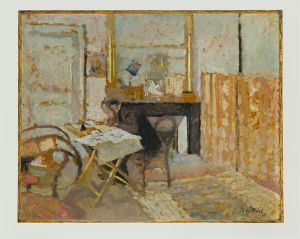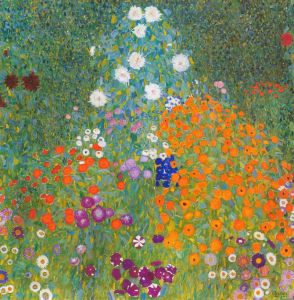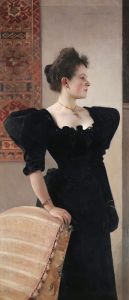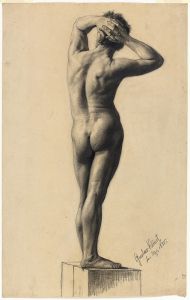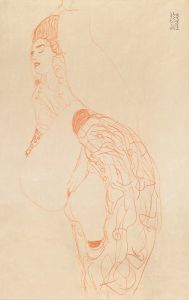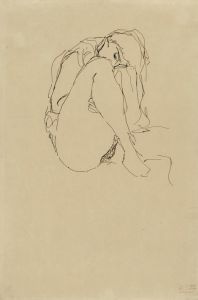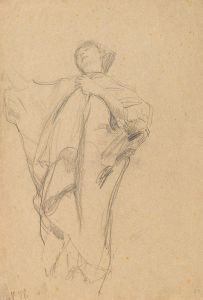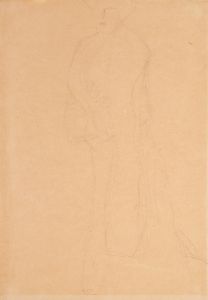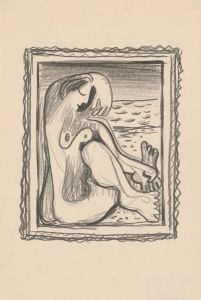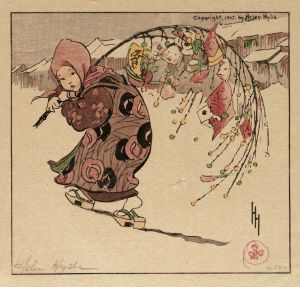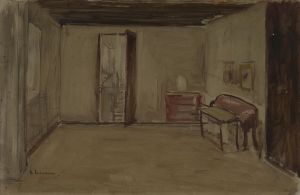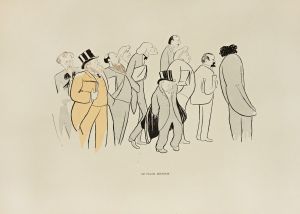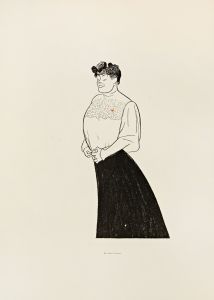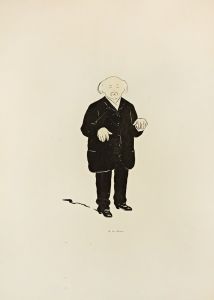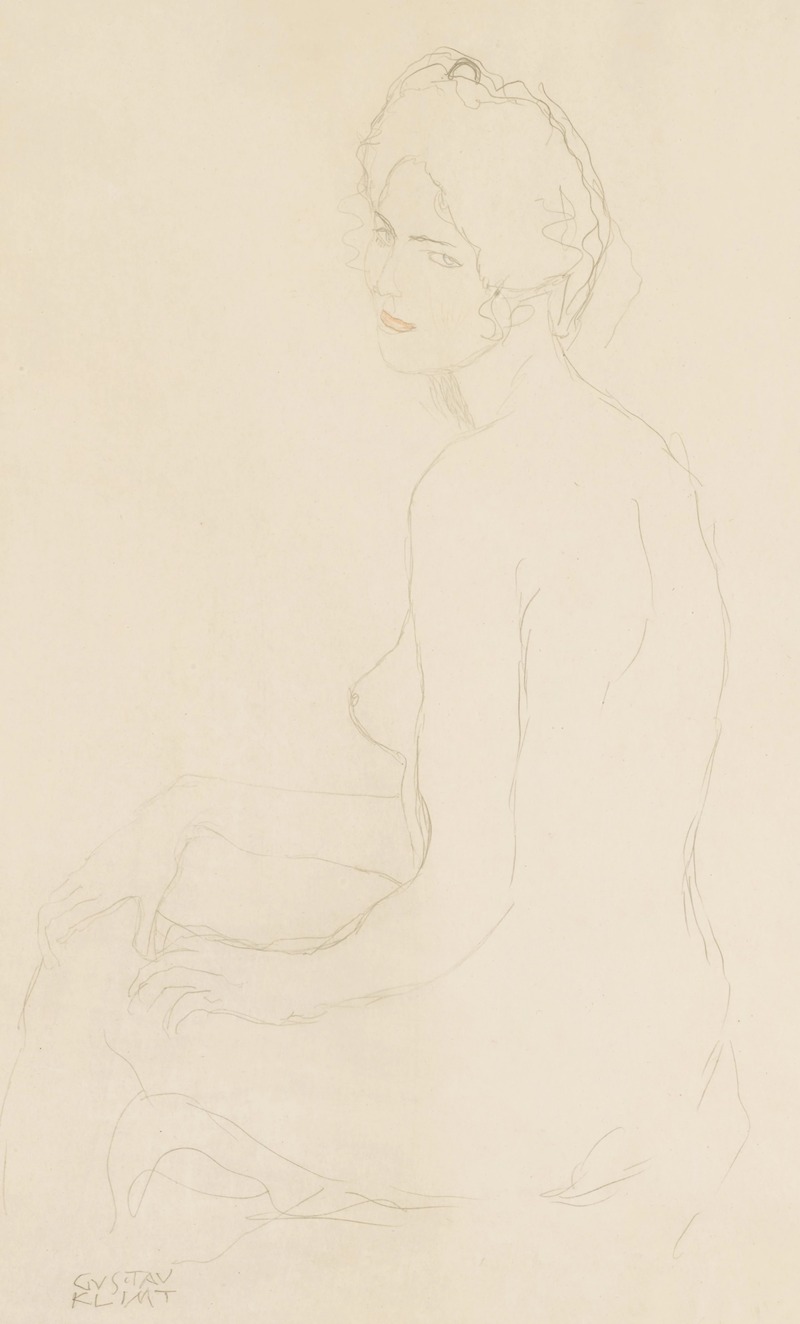
Sitzender Akt nach links
A hand-painted replica of Gustav Klimt’s masterpiece Sitzender Akt nach links, meticulously crafted by professional artists to capture the true essence of the original. Each piece is created with museum-quality canvas and rare mineral pigments, carefully painted by experienced artists with delicate brushstrokes and rich, layered colors to perfectly recreate the texture of the original artwork. Unlike machine-printed reproductions, this hand-painted version brings the painting to life, infused with the artist’s emotions and skill in every stroke. Whether for personal collection or home decoration, it instantly elevates the artistic atmosphere of any space.
Gustav Klimt, an Austrian symbolist painter, is renowned for his distinctive style and contribution to the Vienna Secession movement. One of his works, "Sitzender Akt nach links," which translates to "Seated Nude Facing Left," exemplifies his fascination with the human form and his skill in capturing the sensuality and elegance of the female body.
Klimt was born in 1862 in Baumgarten, near Vienna, and he became one of the most prominent figures in the art world during the late 19th and early 20th centuries. His work is characterized by a unique blend of symbolism, eroticism, and a decorative style that often incorporates gold leaf, intricate patterns, and a rich color palette. Klimt's art frequently explores themes of love, sexuality, and the female form, which are evident in many of his paintings and drawings.
"Sitzender Akt nach links" is a drawing that reflects Klimt's interest in the female nude, a subject he revisited throughout his career. This particular work is a study of a seated female figure, rendered with delicate lines and a focus on the natural curves and posture of the body. Klimt's approach to drawing was often spontaneous and fluid, capturing the essence of his subjects with minimal yet expressive lines.
The drawing is part of Klimt's extensive body of work that includes numerous studies and sketches of the human figure. These works were often preparatory studies for his larger paintings, allowing him to experiment with composition, form, and the interplay of light and shadow. Klimt's drawings are celebrated for their ability to convey emotion and movement, despite their simplicity.
Klimt's fascination with the female form can be traced back to his early career, where he was influenced by classical art and the works of Old Masters. However, as he developed his style, he began to incorporate elements of modernism and symbolism, which set his work apart from his contemporaries. His focus on the nude was not merely for aesthetic purposes but also as a means to explore deeper themes of human existence and emotion.
The Vienna Secession, of which Klimt was a founding member, played a significant role in shaping his artistic vision. This movement sought to break away from traditional academic art and embrace new ideas and styles. Klimt's work, including "Sitzender Akt nach links," embodies the spirit of the Secession, with its emphasis on individuality, innovation, and the exploration of new artistic frontiers.
While "Sitzender Akt nach links" may not be as widely recognized as some of Klimt's other works, such as "The Kiss" or "Portrait of Adele Bloch-Bauer I," it remains an important piece within his oeuvre. It showcases his mastery of line and form, as well as his ongoing exploration of the human figure.
Klimt's legacy continues to influence artists and captivate audiences worldwide. His ability to blend beauty with complexity, and his dedication to exploring the depths of human emotion, ensure that his work remains relevant and celebrated in the art world today.





